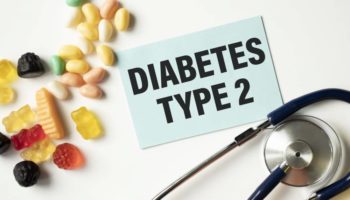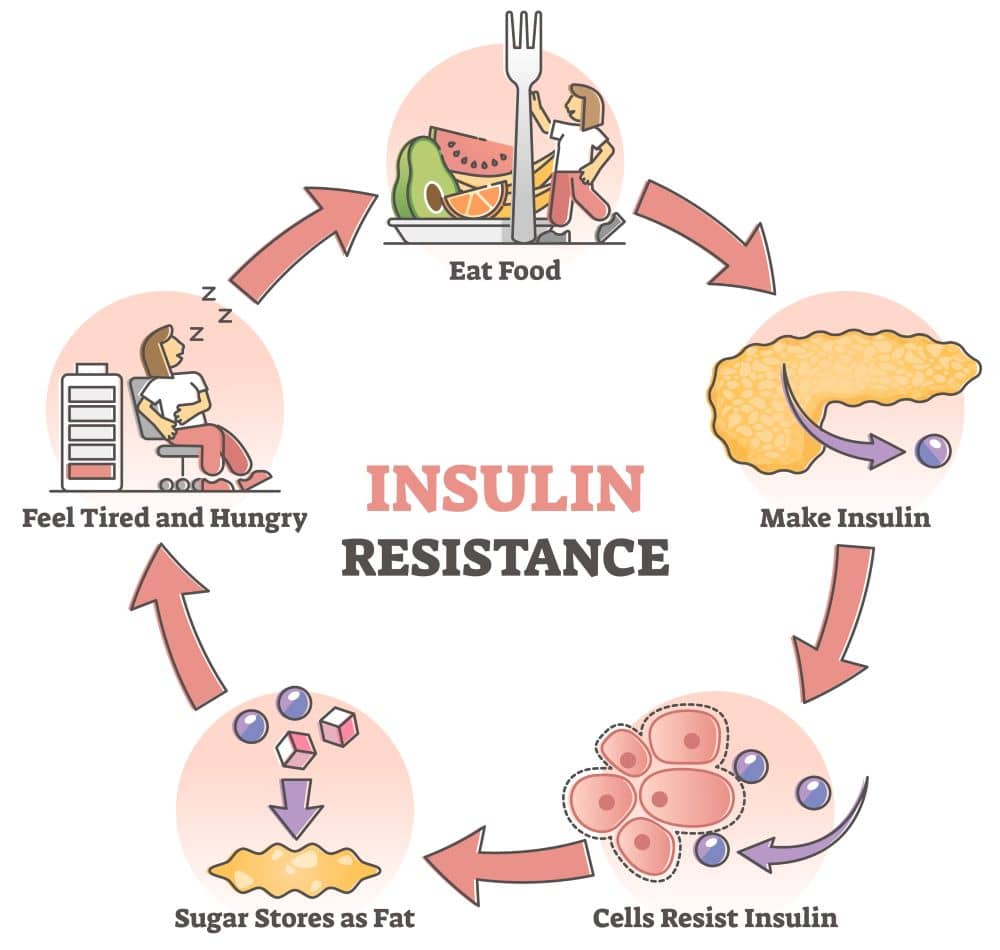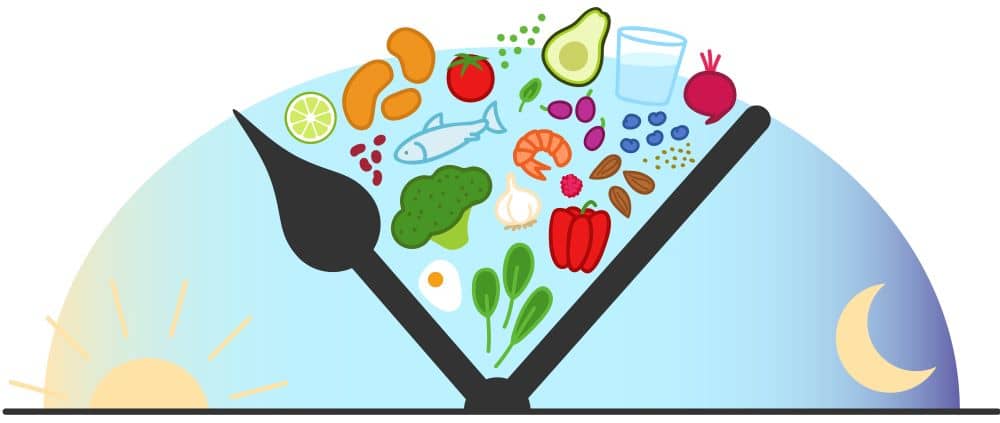
Type 2 Diabetes is a major health condition affecting roughly 1.2 million Australians¹.
Type 2 Diabetes is complex, affecting many organs, hormones and processes within the body; although put simply results from the inability to both effectively produce and use insulin². This results in high fasting blood glucose levels and the diagnosis of Type 2 Diabetes.
What Can Diabetes Do to the Body?
Type 2 diabetes is a major concern for the development of other health conditions such as³:
- Heart and Blood Vessel Diseases
- Nerve Damage and Loss of Limb Feeling
- Other Nerve Damage
- Kidney Disease
- Eye Damage
- Sleep Apnoea
- Skin Conditions
- Hearing Impairment
- Slow Healing
What Can Help Prevent Diabetes?
It is important to use strategies to prevent the development of type 2 diabetes, and help manage those with type 2 diabetes. Strategies such as lifestyle interventions (diet and exercise) have shown improvements at reducing fasting blood glucose and other factors related to Type 2 Diabetes⁴.
Exercise is an important lifestyle intervention for the prevention and management of Type 2 Diabetes⁵. As little as 30 minutes of physical activity per day goes a long way towards improving your metabolic health! There are many options to choose from when it comes to deciding on a form of exercise that best suit you. These include:
- Walking
- Cycling
- Resistance Exercises
- Swimming
- Team Sports
- Or a combination of those listed above!
Completing one or more of these forms of exercise for about 30mins per day will drastically reduce both your risk of developing Type 2 Diabetes and improve your ability to manage your Type 2 Diabetes while improving your general health and fitness.
What Affect Does Eating Have?
Recent research is suggesting that the time in which we eat may be just as important as how much we eat when it comes to preventing and managing type 2 diabetes. This is known as Time-Restricted Feeding and looks at limiting the time we eat between roughly 6-10 hours per day, far less than the regular 12-14-hours we eat in.
It has been identified that when this new eating period of 6-10 hours is during the earlier portion of the day (e.g., between 8 am and 4 pm), we begin to see the greatest benefits regarding our metabolic health!⁶. This is known as Early Time-Restricted Feeding as the Time-Restricted Feeding bout is moved earlier in the day.
Benefits of Early Time-Restricted Feeding include⁷:
- Increased Insulin Activity
- Lowered 24-hour Glucose Levels
- Increased Insulin Produced
- Lowered Blood Pressure
- Increased Appetite Control (especially in the evening)
- Alignment of Circadian Rhythm
These benefits also occur regardless of weight loss occurring. Indicating that it is possible to prevent and manage Type 2 Diabetes without the need to lose weight! To put it simply, to gain these benefits and both prevent and manage Type 2 Diabetes, eat the majority of your food earlier in the day, and try to fast in the afternoon/evening. Although it may seem difficult, it will become easier in as little as 2-weeks⁷!
Later this year, one of our staff members will be researching Early Time-Restricted Feeding and exercise to see if including exercise promotes greater benefits than just Early Time-Restricted Feeding alone. This will be happening just up the road at Murdoch University. If you have any queries about the research, send us an e-mail and we’ll be happy to clarify any questions you may have.
We Can Help
Here at Fortitude Exercise Physiology, we work closely with our clients to help them make sustainable changes to their health. We offer a range of 1:1 services in conjunction with specified group classes in order to help improve your blood glucose control and education surrounding this concern.
For further information please view our services here, or get in touch with us directly through the enquiry form below:
References:
- https://www.aihw.gov.au/reports/diabetes/diabetes/contents/how-many-australians-have-diabetes
- Chatterjee S, Khunti K, Davies MJ. Type 2 diabetes. The Lancet. 2017;389(10085):2239-51.
- https://www.mayoclinic.org/diseases-conditions/type-2-diabetes/symptoms-causes/syc-20351193
- Knowler WC, Barrett-Connor E, Fowler SE, Hamman RF, Lachin JM, Walker EA, et al. Reduction in the incidence of type 2 diabetes with lifestyle intervention or metformin. The New England journal of medicine. 2002;346(6):393-403.
- Goedecke JH, Micklesfield LK. The effect of exercise on obesity, body fat distribution and risk for type 2 diabetes. Diabetes and Physical Activity. 2014;60:82-93.
- Hutchison AT, Regmi P, Manoogian EN, Fleischer JG, Wittert GA, Panda S, et al. Time‐restricted feeding improves glucose tolerance in men at risk for type 2 diabetes: a randomized crossover trial. Obesity. 2019;27(5):724-32.
- Sutton EF, Beyl R, Early KS, Cefalu WT, Ravussin E, Peterson CM. Early time-restricted feeding improves insulin sensitivity, blood pressure, and oxidative stress even without weight loss in men with prediabetes. Cell metabolism. 2018;27(6):1212-21. e3.






